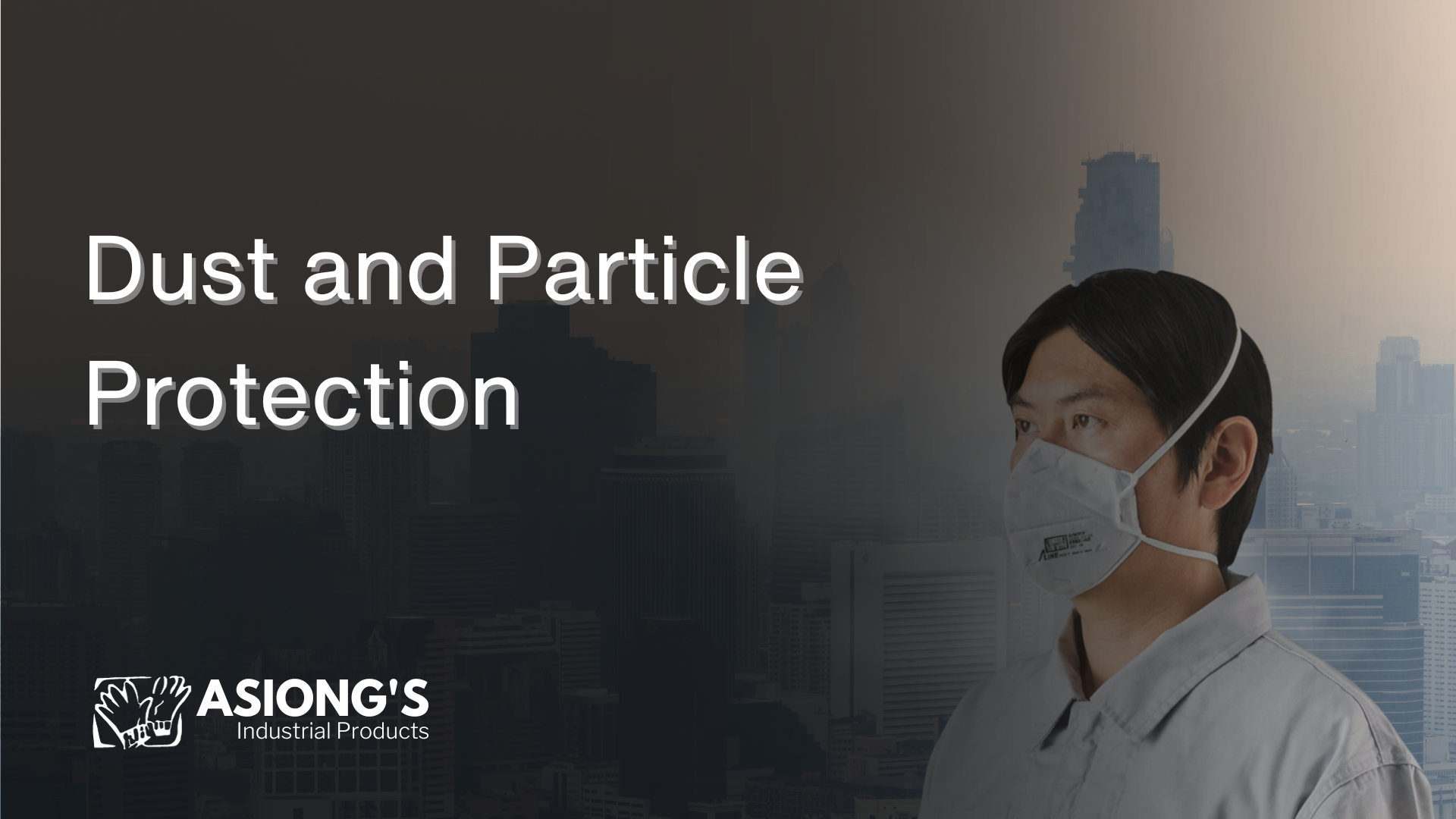
Dust and Particle Protection
2023-10-11T06:26:59.442ZExposure to volcanic ash can cause irritation in both the eyes and the respiratory system. The gritty ash particles can scratch the eye's cornea, leading to conjunctivitis, an inflammation of the eye characterized by redness, a burning sensation, and photosensitivity. For people with existing respiratory conditions such as asthma, emphysema or other chronic lung diseases, exposure to ash could pose serious health risks.
Gas concentrations during volcanic eruptions can vary greatly, depending on the setting of the eruption. However, filtering facepiece particulate respirators, most often called “N95s,” are an effective means of protection against particles such as ashes and dust.
However, N95 masks do not provide adequate protection against gases like sulfur dioxide, especially for individuals near erupting fissures. In turn, properly used reusable respirators, when tightly sealed to the face, can reduce exposure to both gases and particles. Combining pre-filters and gas cartridges helps mitigate risks associated with particle, gas, and vapor hazards. Gas cartridges are color-coded and should be selected based on the specific gas present in the environment. In volcanic areas like Batangas, protection against sulfur dioxide and other sulfuric or acidic gases is essential. Additionally, using a cartridge that filters organic vapors helps combat vapors from the volcano, burning vegetation, and infrastructure. To enhance protection against sulfate aerosols and ash, it is advisable to use a pre-filter along with the cartridge. 'Full facepiece respirators' that cover the entire face offer greater protection than those only covering the nose and mouth, including eye protection. However, these cannot be worn with regular glasses. For glasses wearers, a 'half-face respirator' covering the nose and mouth, paired with goggles, is a suitable alternative.